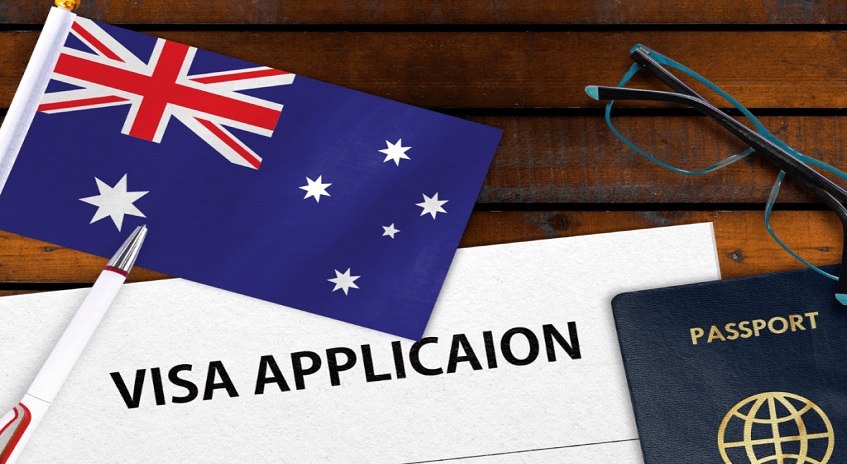Health Waiver Success Stories from Recent Aussie Visa Applicants
Why health waivers exist
Australia asks every visa applicant to meet health criteria that protect public resources and community health. Sometimes a medical condition would normally lead to refusal because forecast costs are high or care might limit access for others. A health waiver allows the department to look at the whole picture rather than only the number on a report. If you can show compelling reasons to grant the visa and realistic plans that reduce the forecast impact, an officer may decide that approval is still in the public interest.
What officers actually weigh up
Decision makers read beyond a diagnosis. They look at the severity of the condition, likely services and costs across the life of the visa, your support network, private insurance, community links, and the benefit your presence brings through skills, investment, or family unity. They consider whether treatment is available without undue strain on public systems and whether you have credible plans to manage care. Strong submissions join medical evidence, financial evidence, and practical care plans into one clear story.
A quick primer in everyday English
A health waiver is not a shortcut. It is a structured request to overlook health cost concerns in light of the broader value of your case. The best submissions explain the condition in plain words, set out the expected care with dates and sources, and then show how you will fund and manage that care. They also show what Australia gains if your visa is granted. That could be a skill in demand, a business that hires locals, or the wellbeing of a family that would otherwise be split across countries.
Success story one
Skilled professional keeps a team together
A Brisbane employer had a senior engineer on a temporary skilled path. A routine medical flagged an ongoing cardiac condition that carried a forecast of future costs. The applicant already had a specialist, a treatment plan, and long standing private cover. Letters from the cardiologist set out stable results over two years. The employer provided a workforce plan showing why the role mattered to current projects and how local graduates were being trained under the engineer. The submission tied these pieces together and addressed the cost forecast line by line. The waiver was granted and the team stayed on track to deliver public infrastructure.
Success story two
Family unit remains intact after careful planning
A couple with a child who had moderate developmental needs wanted a partner pathway. A health assessment produced a cost estimate that would normally block the visa. The family had already engaged early intervention programs and had a community support circle through school and local therapy providers. Reports from therapists showed strong progress and practical strategies that reduced longer term demand on services. The submission mapped the weekly routine, attached invoices, and showed how extended family would help with respite. With that picture in mind, the officer approved the waiver and the family settled in time for the new school year.
Success story three
Hospitality group uses the right employer pathway
A national venue group needed a specialist chef for a cuisine that was rare in the local market. The candidate’s medical raised a concern about treatment that could be managed privately. The employer moved to an agreement pathway that better matched genuine labour needs. Many readers look up labour agreement visa australia at this point to understand how tailored settings work when a standard list does not fit. The business submitted roster plans, training commitments for locals, and evidence of private cover. The waiver was approved and the venue used the role to mentor apprentices who now hold full time positions.
Success story four
Regional investor brings jobs and training
An investor with a small manufacturing plant in regional Queensland faced a waiver issue after a medical identified a condition that needs ongoing monitoring. The case turned on community benefit. The factory employed locals, funded two apprenticeships, and supplied parts to nearby farms. Forecast costs were addressed with specialist letters, private insurance statements, and a clear travel plan to reduce pressure on public services in peak periods. The officer accepted that the public interest test favoured approval and the business continued to grow.
Where your search terms fit naturally
Applicants often turn to research while building a plan with their adviser. People read about health waiver australia to see the criteria explained in plain language and to learn which documents matter most. Some look up best immigration agent brisbane to find a team that has handled complex files and can coordinate medical notes, insurance details, and employer letters. Others search the employer stream and find guidance on labour agreement visa australia when a standard occupation list does not reflect their genuine need. These searches do not replace advice, but they help you ask sharper questions at the first meeting.
What made these submissions work
Each file told a coherent story. Medical notes were current and specific. Costs were addressed with real numbers rather than vague promises. Private cover was documented with policy terms and claim histories. Where employers were involved, their statements included rosters, training plans, and the effect on local hiring. Where families were involved, the plans showed daily routines and the role of schools, therapists, and relatives. Officers are trained to assess evidence, not slogans. Clarity wins.
Common mistakes to avoid
Do not submit old medical letters that do not match the current assessment. Do not assume a single insurance certificate is enough without showing what it covers and how claims work. Do not hide a part of your history that will later appear in records. Do not rely on general community praise without linking it to the health question. Keep every page focused on the issues that drove the initial concern.
Building a stronger file in three steps
First, get current expert letters that describe diagnosis, treatment, stability, and outlook. Ask doctors to write in plain English and to state how often care is needed.
Second, show how you will fund care. That means policy schedules, savings evidence, or employer programs that are already in place.
Third, set out the benefit your presence brings. Skills that cannot be easily replaced, training for locals, community roles, and family unity all carry real weight. When these elements appear together, the submission reads as credible and complete.
Timelines and expectations
A waiver often adds time to an application because extra material must be gathered and considered. Plan for that from day one. If you are on a temporary visa, speak to your adviser about lawful stay during processing. If an employer is involved, align business needs with realistic dates. If school calendars matter, build your plan around them. Calm planning prevents avoidable stress.
Choosing the right help
Complex cases deserve careful guidance. Meet two or three firms and ask how they manage evidence, who drafts submissions, and how they keep you updated. A good practice will explain roles and timelines, will read the regulations with you rather than around you, and will give you a direct list of tasks after the first meeting. You should leave the consult with a map of the next four weeks, not just a quote.
A short checklist before you start
Write your outcome in three lines so the plan stays focused.
List your treating doctors and book fresh letters.
Collect insurance schedules and proof of funds.
Ask your employer or community contacts for specific support letters.
Prepare an honest timeline that includes the extra steps a waiver requires.
The takeaway
Health waivers are granted when a balanced picture points to public interest in approval. Success is built on facts, current medical advice, credible funding, and a clear account of the value you and your supporters bring. The stories above show that careful preparation can overcome a tough first reading of a medical report.
Conclusion:
If you want a team that builds waiver submissions with precise evidence, coordinates doctors and employers, and keeps you steady from first consult to final decision, speak with Bullseye Consultants.








